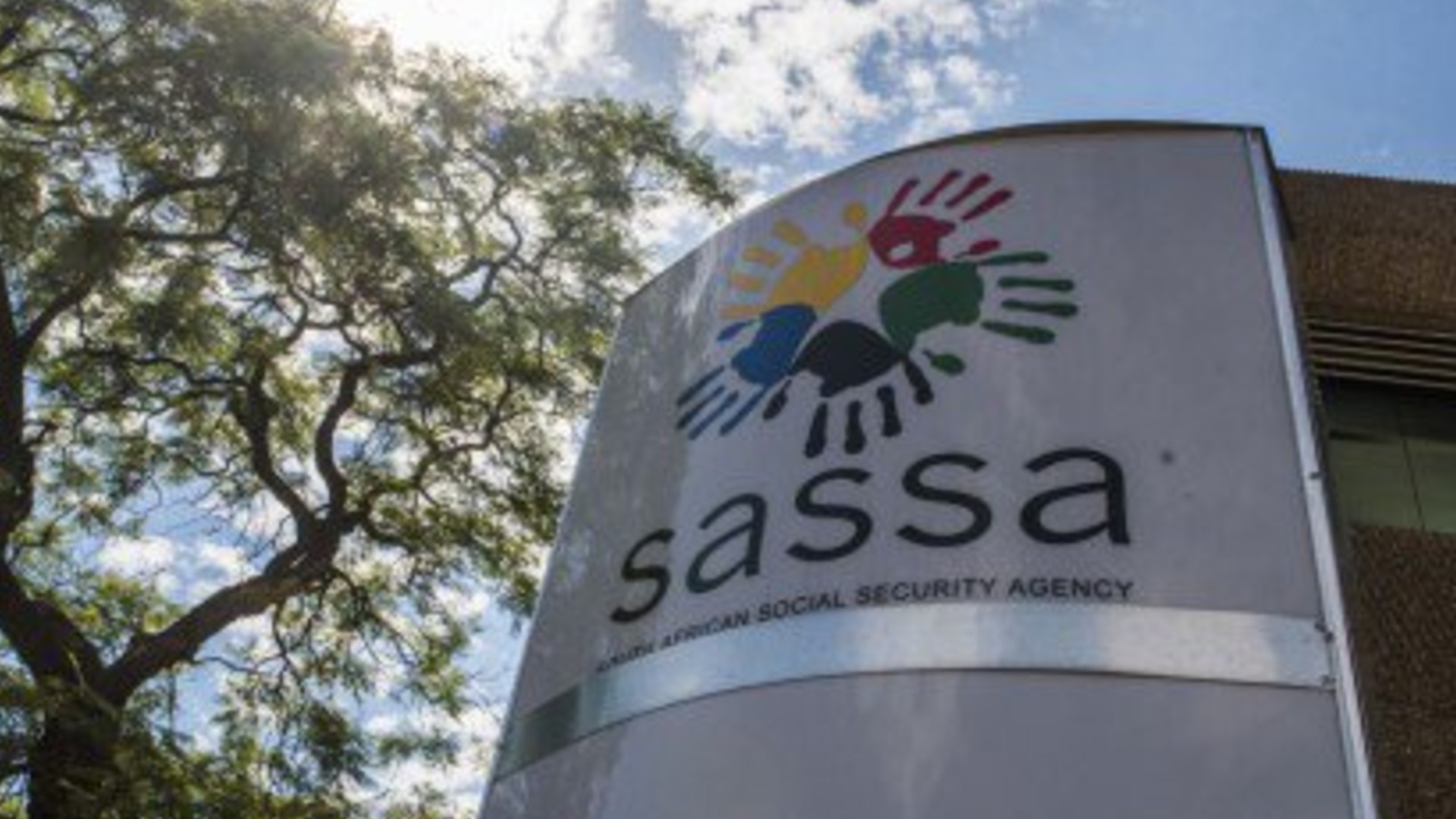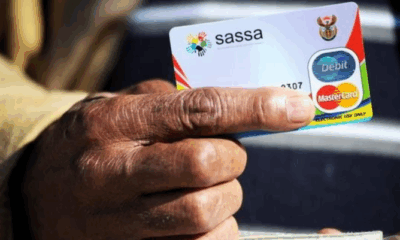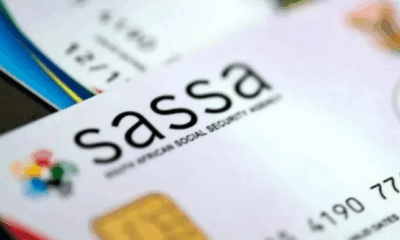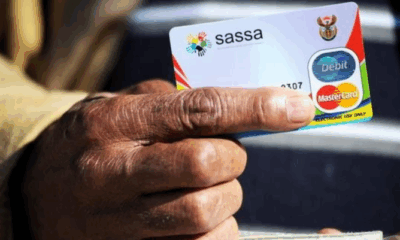News
Sassa’s 18,000 Empty Jobs: Why Most Posts Were Never Filled

A bloated structure and a shrinking workforce
On paper, the South African Social Security Agency (Sassa) should be one of the country’s largest employers. More than 18,000 permanent jobs exist under its umbrella. But in reality, fewer than 7,100 are actually filled, leaving Sassa’s local offices stretched thin and running at less than half capacity.
At first glance, the numbers sound alarming: a 62% vacancy rate. Yet officials insist the reality is more complicated.
Why so many “ghost posts”?
When Social Development Minister Nokuzola Tolashe’s office was pressed for answers in Parliament earlier this month, her department admitted that most of these vacancies are historical rather than current.
Back in the mid-2000s, Sassa had ambitious plans to insource the entire grant payment system. Between 2006 and 2008, thousands of posts were created to prepare for that shift. But the restructuring never happened. Those posts were left hanging on the books, not funded, not filled, but still counted.
Today, Sassa works on a “funded posts” model. In other words, only positions that are budgeted for get advertised and filled. That leaves the majority of the 18,603 “vacancies” as essentially ghost jobs.
According to Tolashe’s office, just 272 of the posts that actually exist in the current funded structure are vacant, roughly 2%.
Who keeps Sassa running?
Of the 7,076 people Sassa employs, nearly 5,000 work at local offices handling grant applications. The rest fill management and administrative roles.
That workforce carries the responsibility of serving over 27 million South Africans who depend on social grants. To reach remote communities where offices are sparse, the agency leans on outreach programmes and is looking to automate services in future.
Where the vacancies are felt
While the national picture may be more about structure than crisis, the impact at ground level is uneven. The Eastern Cape has the most funded vacancies (14), while the Free State has the least (just three).
Grant applicants in understaffed regions know the frustration all too well: long queues, broken systems, and limited staff on hand to help. On social media, South Africans regularly vent about hours lost in lines at Sassa branches. “If they say posts exist, then why do we wait the whole day?” one user asked on Facebook.
The money behind the model
Budget is at the heart of Sassa’s staffing puzzle. The agency has capped its admin spending at under 5% of total social grant costs. For 2023/24, it came in at just 3%, R7.3 billion out of R251 billion.
That frugality helps keep grant distribution affordable, but it also leaves little wiggle room for expanding staff.
A system under pressure
The truth behind Sassa’s “18,000 vacancies” is that most never existed in practice. They’re relics of a plan abandoned almost two decades ago. But the lived reality, staff shortages, long queues, and service delays is very real.
With grant dependency growing each year and a limited budget to hire more staff, Sassa faces a difficult balancing act: keeping costs low while serving millions who rely on them not just for financial support, but for dignity.
{Source: The Citizen}
Follow Joburg ETC on Facebook, Twitter , TikTok and Instagram
For more News in Johannesburg, visit joburgetc.com



























